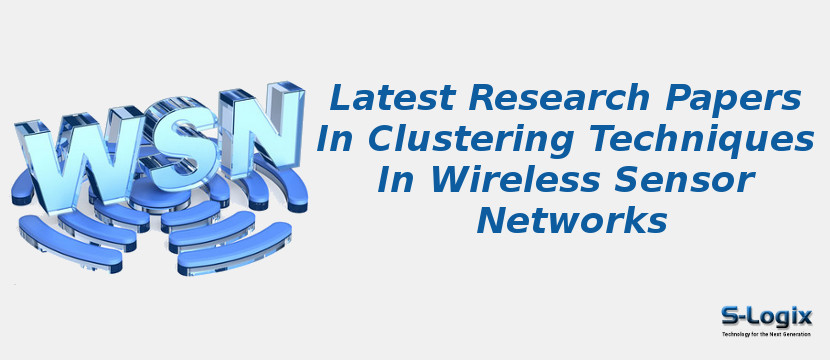Recent research in Clustering Techniques in Wireless Sensor Networks (WSNs) focuses on improving energy efficiency, scalability, and network lifetime through intelligent and adaptive cluster formation strategies. Advanced algorithms such as threshold-driven K-means, Improved Soft K-means, and Fuzzy C-means are being employed to balance node energy consumption, optimize cluster head selection, and enhance communication reliability. Machine learning and hybrid metaheuristic methods are increasingly integrated to manage dynamic network conditions, address uneven node distribution, and minimize data transmission overhead. These developments aim to create energy-aware, self-organizing, and resilient clustering mechanisms that support efficient data aggregation and prolong the operational lifespan of WSNs in diverse applications like environmental monitoring, smart agriculture, and industrial automation.
